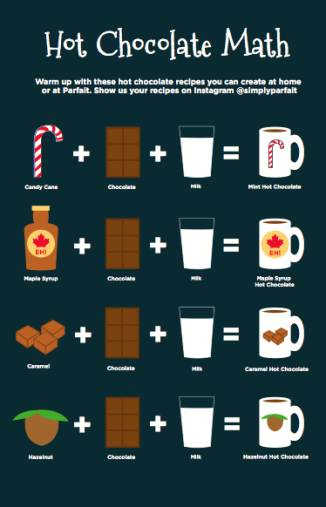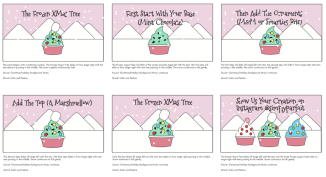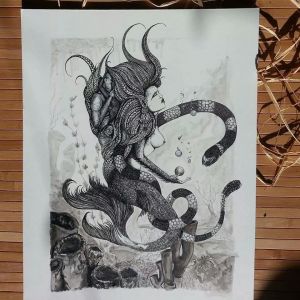As a final assignment the class asked to create groups and work with a real client to create a social media plan for their business . As part of the plan we explored content marketing strategies for our client.
The client given to us was Parfait, A recently established frozen yogurt bar/café located on Princess St. in downtown Kingston. Parfait handcrafts their yogurts daily. They also provides a full espresso bar, fresh brewed coffees and teas,smoothies, juices, and specialty coffees. Parfait differentiates themselves from the competitors by creating a relaxing social atmosphere where students & residents can create customized menu options.
The purpose of this project is to gain understanding of the company and their strategic goals to develop an effective, measurable, content marketing plan for content marketers & developers.
The intial objectives of this content marketing plan were to:
• Create or increase brand awareness
• Engage customers, buyers, influencer’s
• Drive sales, generate leads (trial purchase, subscription, sign-ups, etc)
• Improve loyalty and retention
Based on research of the business and our meeting with the client we established a primary & secondary target audiences :
Primary Audience
Demographic: 18 -25, Years of age, female, student
Psychographic: Interested in trends, enjoys socializing, impulsive/ immediate gratification seeker, enjoys treating themselves
Geographic: Kingston Resident
Technographic: Tech savvy (owns mulitple devices), uses the several times throughout the day, uses devices to; organize, look at trends, objective/purpose, target and buyer stage, tactics, tone, etc.
Secondary Target Audience
Demographic: 25- 45 Years of age, any gender, employees / business owners in the down town core
Psychographic: Interested in trends, time conscious, impulsive | immediate gratification seeker, enjoys treating themselves
Geographic: Kingston Resident/ downtown worker
Technographic: Tech savvy (owns mulitple devices), uses the several times throughout the day, uses devices to organize, look at trends, email & general entertainment




